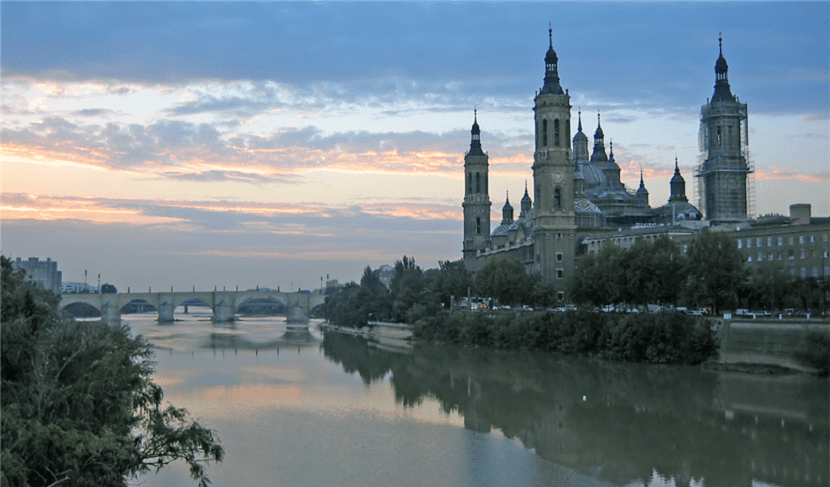
The Ebro It is the largest river in Spain and runs about 928 kilometers roughly, bathing cities and watering fields in its wake. In this article we are going to make a peculiar journey along the Ebro route, seeing the important and the most significant of each city through which it passes.
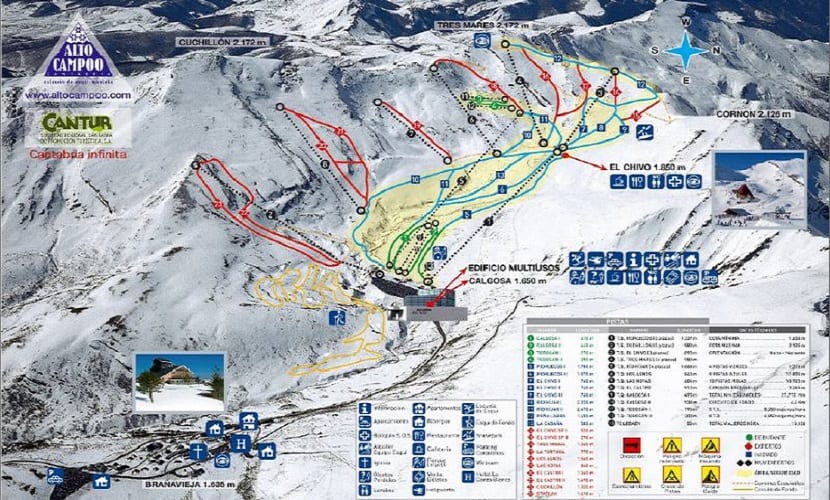
We begin our journey in full Cantabrian mountain range, specifically in the resort town of Fontibre, at the foot of the imposing Pico Tres Mares, 2.175 meters high. In winter, these mountains feed the river with their ice, mountains where you will also find the Alto Campóo ski resort which has a maximum capacity of 6.880 skiers per hour and consists of a green, a blue and eight red slopes, as well as a 2,5 km cross-country ski circuit.
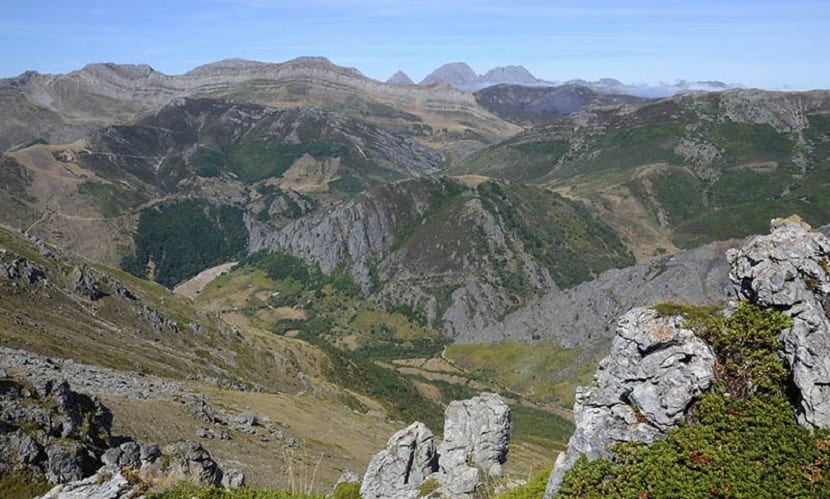
If we go 5 kilometers further, we pass by Reinosa, an industrial city located 75 km from Santander. In Reinosa, the church of San Sebastián, with a beautiful façade and the convent of San Francisco, with a Herrerian facade, are worth visiting. From Reinosa we can make excursions on foot to the church of San Martín de Elines (about 3 km) or to the ruins of Julióbriga.
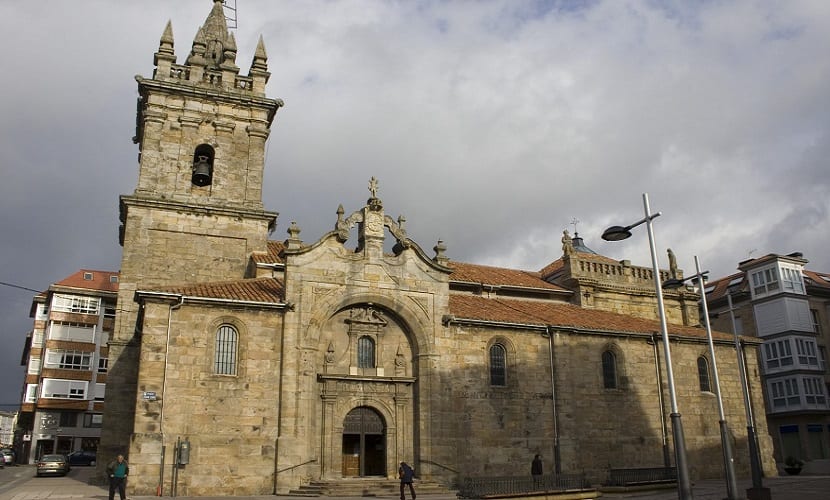
The Rioja
The Ebro also passes through La Rioja. Here it acts as the border between this community and the Basque Country and Navarra. Following the course of the river, our first stop is at Haro, the «capital of wine», a monumental city. In it you will find the church of Santo Tomás, with a wonderful baroque stable. The basilica of Nuestra Señora de la Vega preserves an image of the Virgin dating from the XNUMXth century.
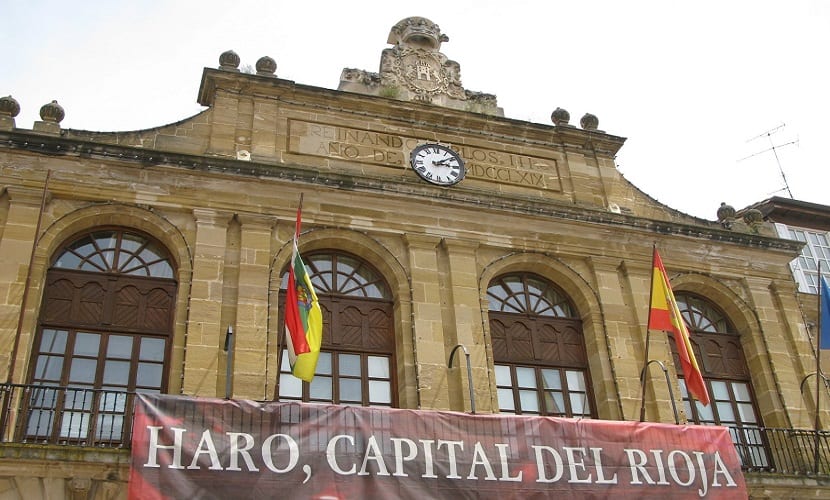
The Haro Town Hall is from the neoclassical period, from the 3th century and around the city we can find several noble houses. If you like hiking, also from Haro you can make excursions on foot (also by bike) to Briñas (9 km), Briones (11 km) and Sajazarra and Casalarreina (both XNUMX km).
Next we go through Logroño, important enclave of the Camino de Santiago. Here we can find important religious buildings with some antiquity: the Church of Santa María del Palacio, the Church of San Bartolomé, from the XNUMXth century, with a Mudejar tower and the Church of Santiago el Real, where we can find an image of Santiago on horseback. In the Church of Santa María la Redonda, built between the XNUMXth and XNUMXth centuries, we will find a painting of the Crucifixion painted by the Italian painter Michelangelo.
At 50 kilometers from the capital is Calahorra. In this small city that was Calagurris Iulia in Roman times, it houses a cathedral that houses great works by Ribera, Zurbarán and Tiziano, among others. The Carmelite convent and the Church of Santiago are also interesting.
We are now heading towards Alfaro, one of the largest municipalities in Spain. This municipality is famous above all because it was conquered by the Cid in the year 1073 and one of the great peaks of the Late Middle Ages was celebrated in them: the views between the Kings of Castilla, León, Aragon and Navarra.
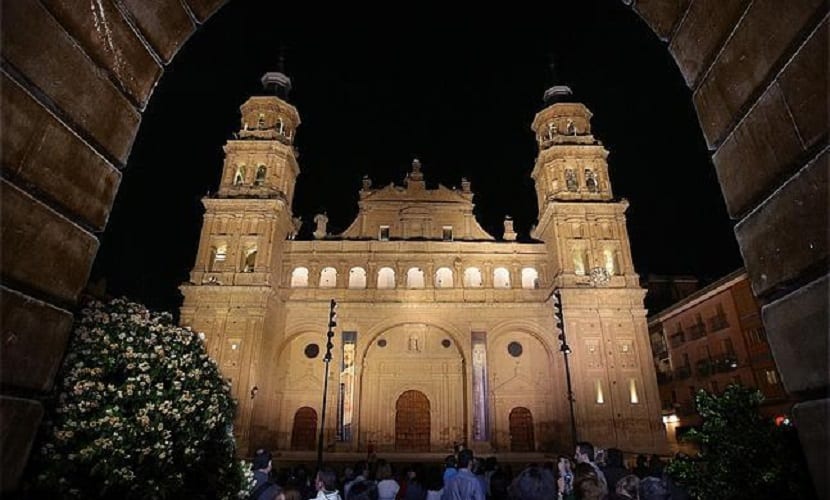
Once we entered the river in Navarra, we stopped at Tudela, which is 95 km from Pamplona. From here we can make excursions on foot to Bocal Real (5 km) with two dams from the XNUMXth and XNUMXth centuries. In Tudela we can visit the Episcopal Palace and the churches of La Magdalena and San Nicolás, as well as several palace houses.
Zaragoza
We arrived to Zaragoza, capital and nerve center of Aragon. There, the following sites / places / buildings are a must:
- Basilica del Pilar.
- Aljafería Palace.
- The Plaza del Pilar.
- The Stone Bridge.
- The Water Tower.
- The Theater Museum.
- The Forum Museum.
- The Third Millennium Bridge.
- The History Center.
- The Roman Walls.
- Dean's House.
- Zaragoza Expo.
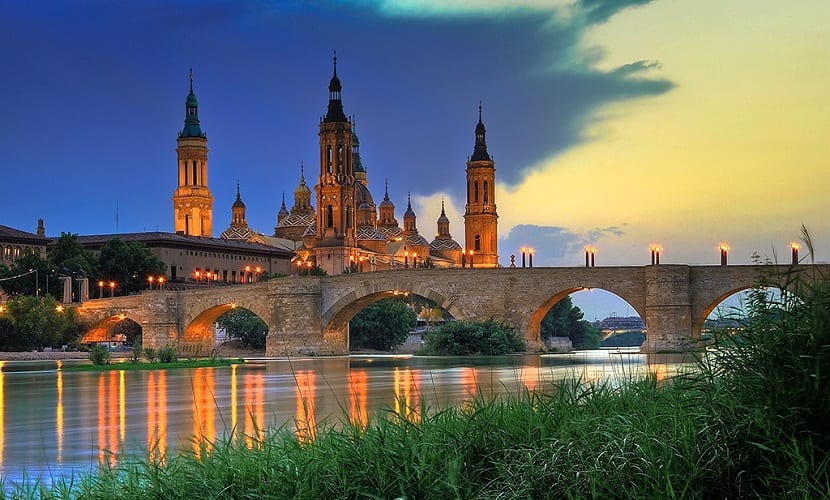
To speak of Zaragoza is to speak of a super important city in Spain in which antiquity and modernity merge. In it you can find both historical and modern buildings and something to highlight is that it is one of the cleanest cities in Spain.
The Stone Monastery
Between Calatayud and Zaragoza is the Stone Monastery, a must for its natural beauty. It was founded by Alfonso II of Aragón in 1164, next to the Piedra River, hence its name. It is an enormous Cistercian monastery equipped with walls and circular and square towers, where there are turgencies that increase the flow of the river, thus originating waterfalls and lakes.
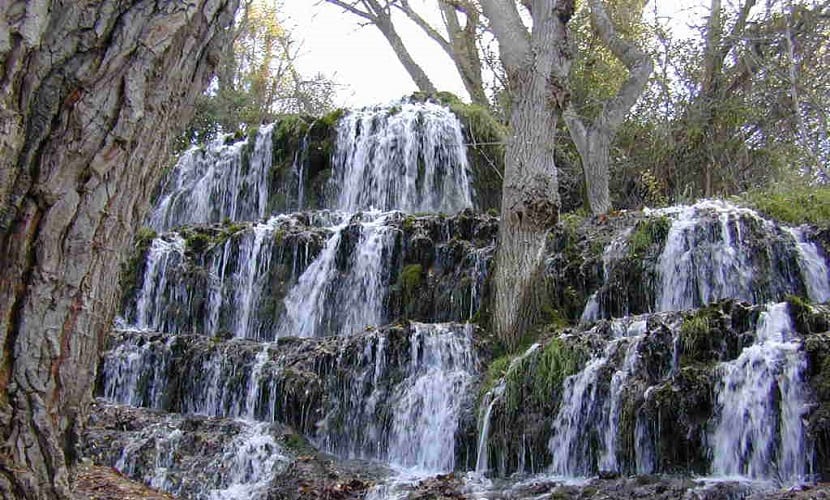
The Stone Monastery is a focus of great tourist attraction and symbolizes a small oasis of greenery and water in a city where years ago there was a great amount of drought.
If you like deportive fishing, you can practice it in the Ebro river if you decide to make this trip following its flow, in addition to contemplating these beautiful landscapes and buildings that we have briefly summarized here. Do you dare to do this interesting and cultural trip?